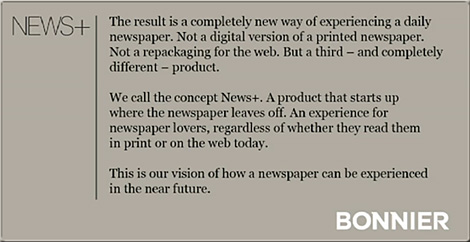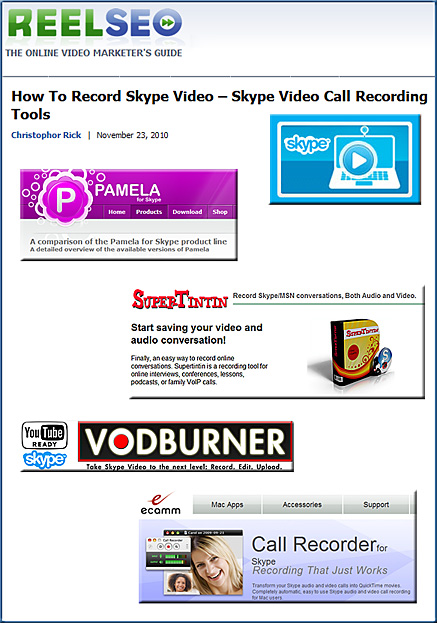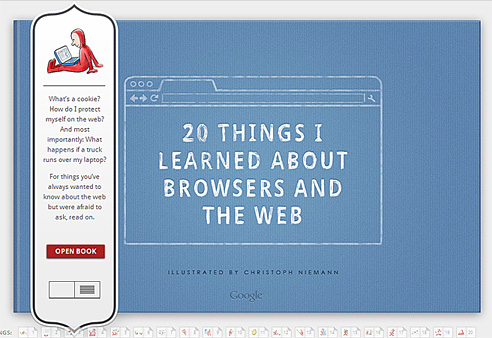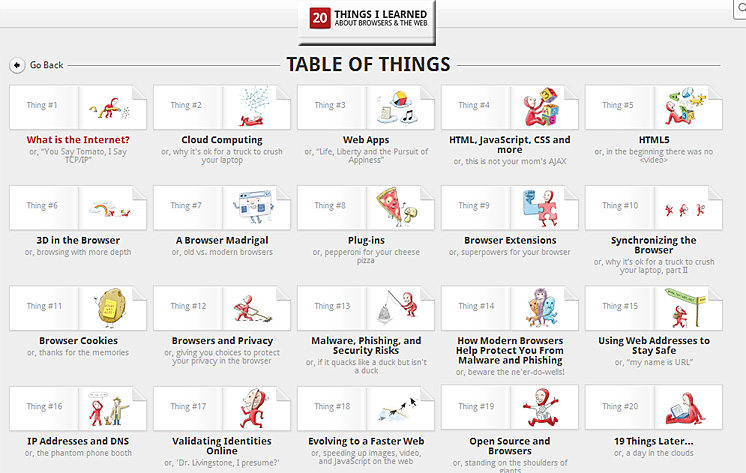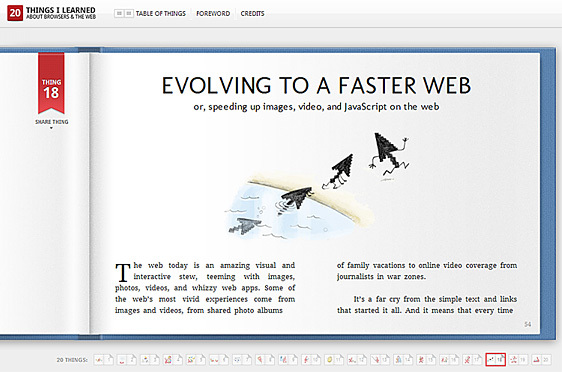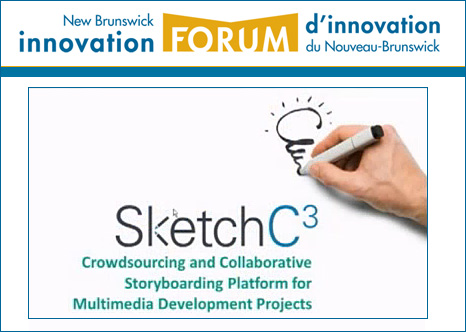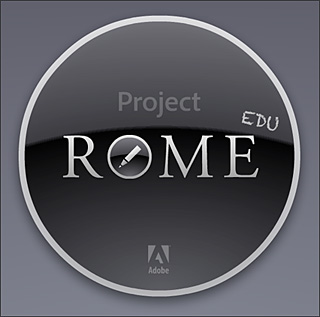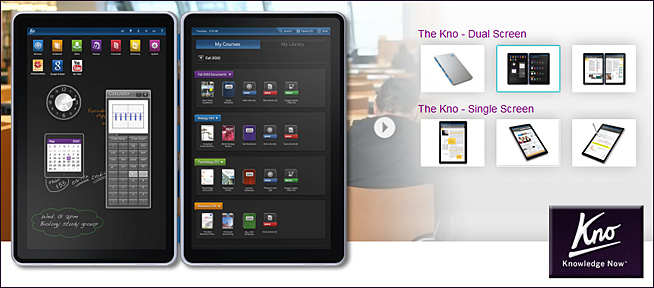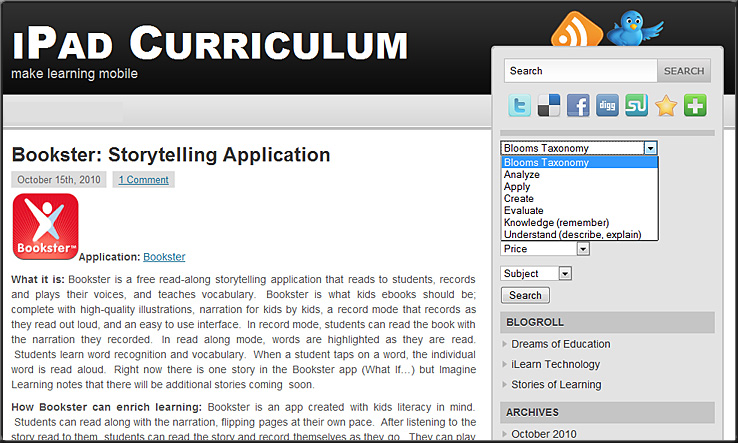Merging interaction and narrative — from webcredible.co.uk by Philip Webb
Excerpt:
There has traditionally been a tension between the idea of interaction (doing something) and narrative (watching or reading something). The experience of consuming a great film or book isn’t necessarily a passive one but it does differ from the immersive experience of playing a game. And yet the possibilities to combine the two seem so promising.
The trouble is games often struggle to convey narrative – the story can seem bolted on as an afterthought or delivered at clumsy moments between levels. Similarly, attempts at interactive books where readers spontaneously choose the way plots evolve can be unsatisfying because constructing a linear story is an art that novelists spend a lifetime perfecting. Of course, there are notable exceptions such as multi-user games like World of Warcraft where the narrative is something players experience and influence through their participation. Here game designers act more as architects than authors – providing an open environment where the interactions form an unpredictable narrative drama.









